Colour Transparency Work_Urban Landscapes 1
Having just spent a considerable amount of time re-evaluating my large format 4X5, 8x10 and medium format 6x6 analogue film works of late (see previous posts), I have now turned my attention to my 35 mm colour transparency (colour slide) work... such a small film size.
Exposure for colour positive material was quite demanding. In the main, photographers using this material would err on the side of under exposure (the opposite of B&W negative materials), as any over exposed areas would be devoid of detail with no chance of recovery... the more exposure you added meant the less colour density remaining, so to create rich, saturated colour meant you had to work with very minimal exposures. Often photographers would rate 100 ISO film at anything from 125 to 160 ISO to help in this regard. All this means little to digital natives, but all film work made quite significant demands of the photographer and need significant discipline and care, particularly as there was no instant feedback about what you had recorded like a digital capture screen on todays cameras.
Other aspects about analogue film use that would seem strange to digital only photographers were things such as the expense (approximately $1 every time you pressed the shutter) and time delays... It could often take many weeks to finish a roll of film (depending on the time between photo excursions) and then the wait for film to be processed (more expense), including lab drop off and pickup visits. One certainly learnt to be very frugal with exposures and here was also often surprises to see what you had captured so many weeks ago.
At the time film ISO was typically 50, 100 and 200. The best films in terms of saturation and minimal grain were the 50 ISO films. The problem with this was there never seemed to be enough light and exposure was always a balance between aperture and shutter speed settings. Under close inspection, many of my photographs were not that sharp, as I was often forced into the position of hand holding with shutter speeds of 1/60 or 1/30 to get enough depth of field ... very challenging. The higher ISO films of the time were low in saturation and grainy and too much of a compromise for me. All these problems ceased to exist with the advent of digital sensors and digital processing methods.
The main advantage of colour positive materials were the incredible colour saturation possible compared to colour negative materials. Of course, scanning these transparencies is a huge investment in time and energy, and given the different scans I have made over the last decade or so, quite hard to reconcile it all, but I feel pleased to have completed the bulk of this project.
Many scans were made on an Epson V700, that allows scanning of up to 12 images at a time. For the best work, I used a Nikon LS 4000 scanner that while optically superior, can only scan one slide at a time... all very time consuming. On top of that, Nikon gave up supporting this excellent, precision scanner, many years ago, so the only way of running it is with VueScan software along with the issues of redundant firewire cable connections... all rather frustrating!
For this post, I am starting with some landscape work, made between the late 1970's through to the late 1990's...

























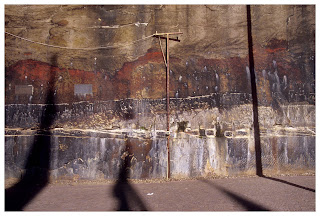








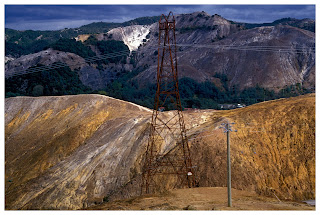

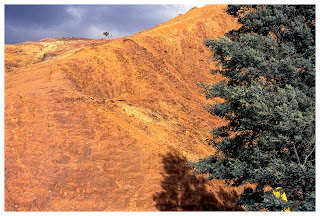









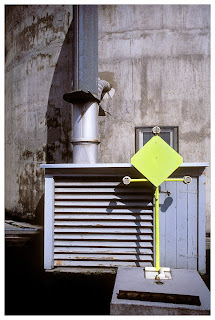










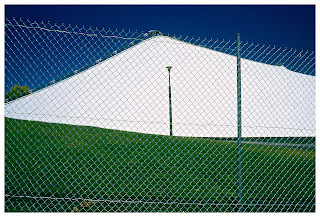

















Comments